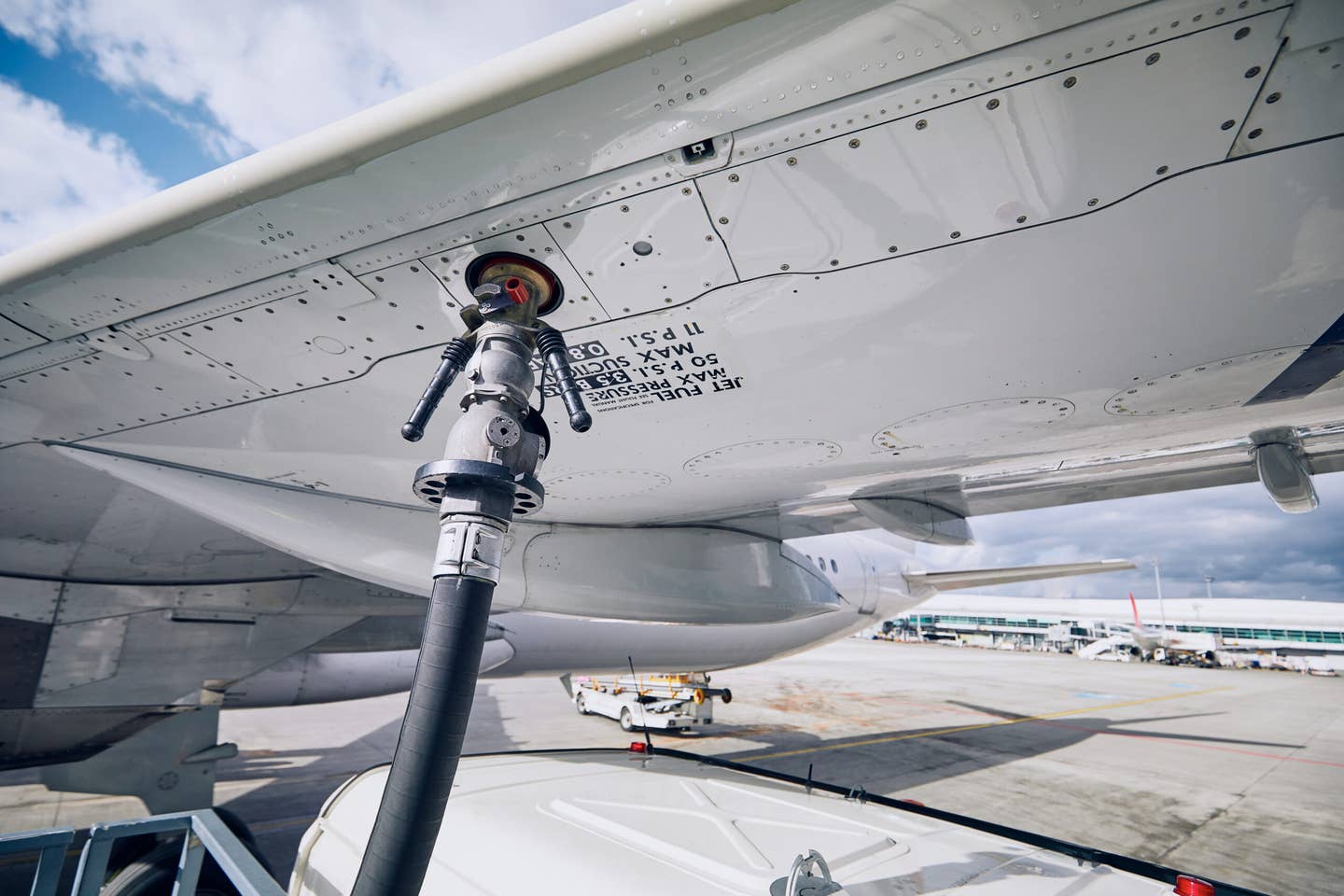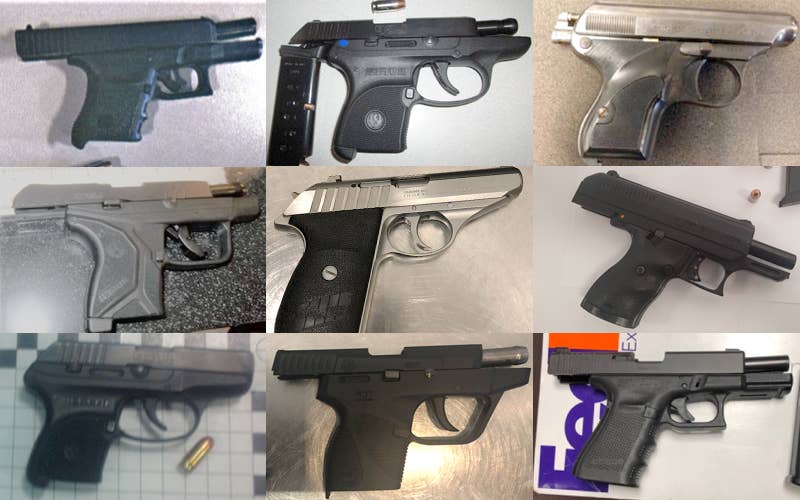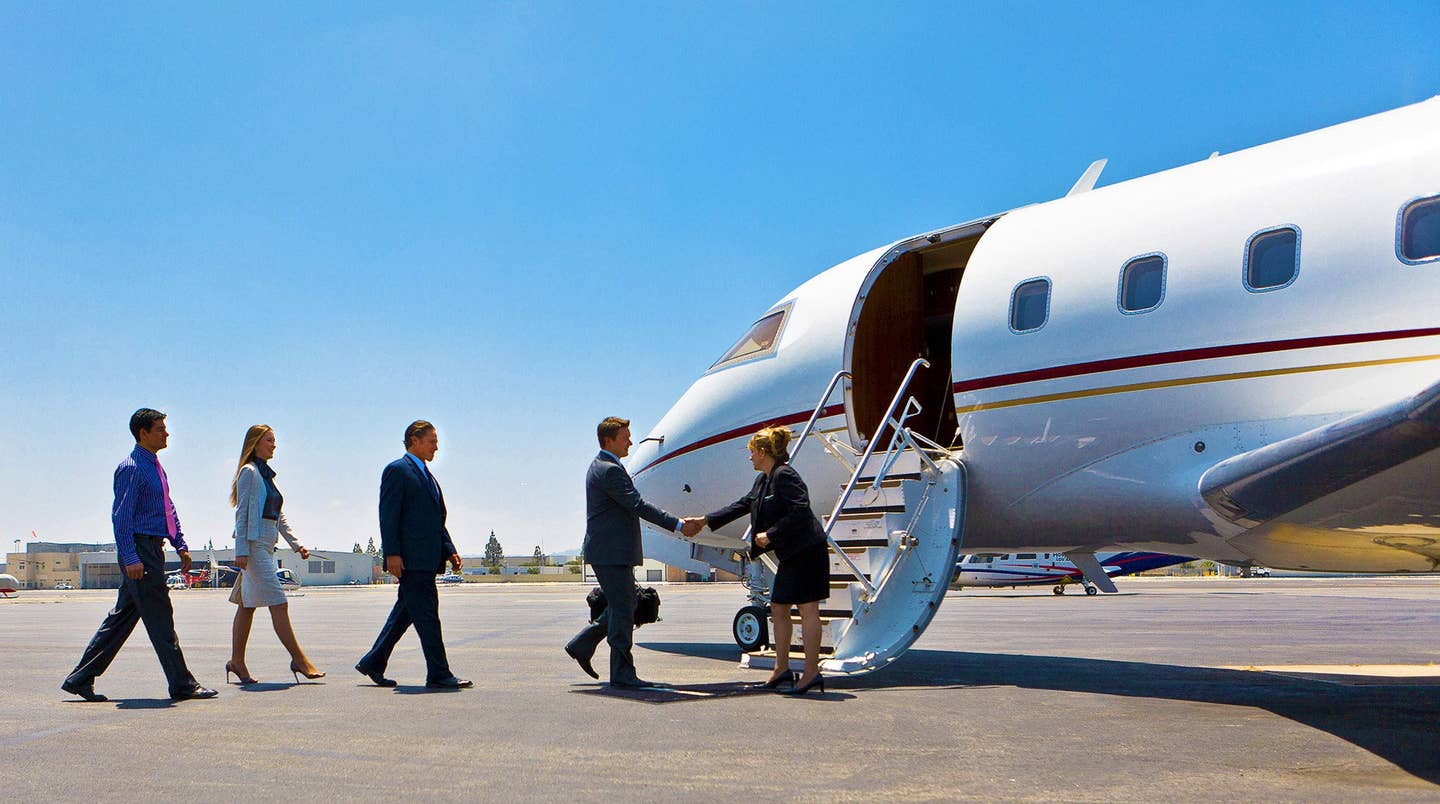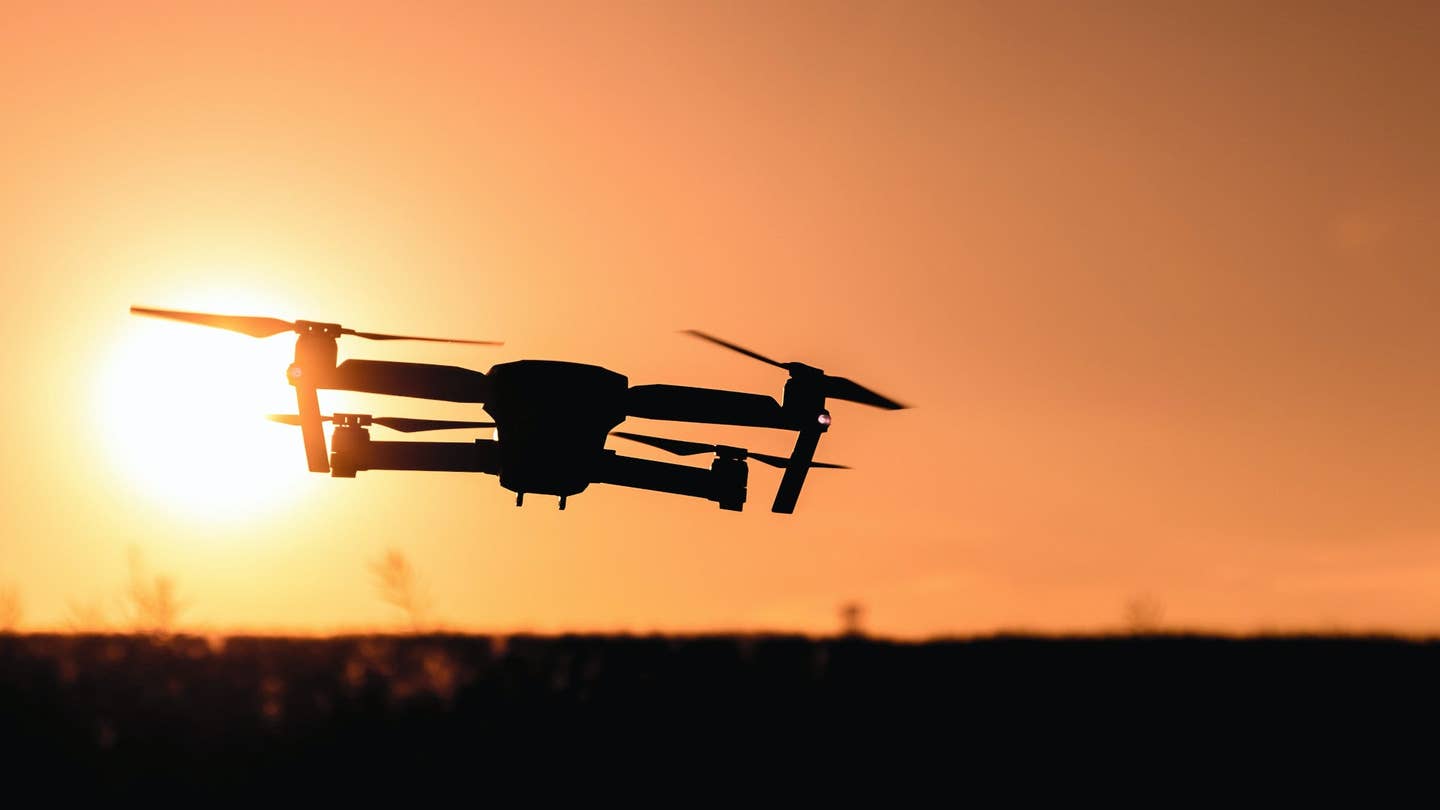Best Aviation Fuel Testers
Fuel testers are part of a pilot’s basic equipment and should be used on every flight – find the one that works best for you.

[Shutterstock]
Editor’s note: The following article on selecting a new fuel tester is not intended to be a ranking, but is only to serve as a list of possible options. As the saying goes, your mileage may vary.
Fuel testers should be used during every pre-flight inspection. Determining which one is best for you comes down to the aircraft you are flying and of course, price.
Quicklook: Best Fuel Testers
- Aircraft Fuel Tester: Best for basic needs
- MultiSump: Best for aircraft with multiple drain points
- Fuel Sample Cup: Best for pilots on a budget
- Gats Fuel Strainer Jar: Best for pilots who want to be environmentally friendly and safe.
4 Best Fuel Tester Options
You will probably use several types of fuel testers during your flying career. As you transition from one type of aircraft to another, you may discover that a different model of Fuel Tester suits your needs better. Let’s take a look at what is on the market, and their pros and cons.
Aircraft Fuel Tester
Best for: Pilots who fly multiple aircraft as it works for both petcock and pin-type fuel drains.
Size: The aircraft fuel tester measures 6” to 8.5” in length (depending on whether or not the insertion pin to activate the flush-mounted, pin-type drain is deployed) and can easily be stored in a flight bag or the side pouch or seat back pouch of most aircraft.
Weight: 4 ounces
Style: Fuel test cylinder with screwdriver at one end, optional insertion pin at the other.
Can fuel be used after test?: Not recommended.
Special features:
- This tester fits all popular quick drain valves, both petcock and pin-type drains.
- The insertion pin can be internally stowed for convenience.
- Two-sided screwdriver (Phillips head or slotted head) on one end.
- The clear plastic cylinder allows for fuel color identification and observation of contaminants.
Benefits:
The aircraft fuel tester, because of the removal insertion pin, can be used on both types of quick-drain valves.
The screwdriver blade has both Phillips and slotted heads so it can be used on both types of screws common on aircraft.
Disadvantages:
The insertion pin can break off, become jammed in the cylinder or get lost if it is not properly stowed inverted inside the cylinder.
- The plastic tabs at the top of the device can become brittle and chip over time, making it more difficult to use with petcock valves.
- The cylinder can be difficult to clean because of the narrow opening where the screwdriver is installed.
Pricing:
Pricing for the tool can be as low as $12.95 on Sporty's as high as $34 (Amazon), depending on where you make your purchase and how many screwdriver blades come with the device.
MultiSump
Best For: Aircraft that have more than three sump points.
Size: Measures 7” h x 2 3/4” diameter.
Weight: 4 ounces.
Can fuel be used after test?: Not recommended.
Special features: The MultiSump is large enough to capture samples from all sump drains (many aircraft today have more than 3) without interrupting the preflight inspection to dump contaminated fuel.
Features:
- Stainless steel push rod
- One hand operation
- No drip pour spout
- Quick-acting drain valve
- Clear construction
- Check up to 8 sumps
Benefits:
- The MultiSump captures larger samples making it easier to see and test for fuel contamination.
Disadvantages:
- The size of the MultiSump can make it challenging to store in the seatback pocket or side pocket of an aircraft or flight bag.
Pricing:
Pilot HQ $24.95
Amazon $27- $32
Pilot Mall $26.95
Walmart $26.85
Fuel Sample Cup
Best For: Pilots on a budget and aircraft with flush-mounted, pin style drains.
Size: Measures 2 1/4"l x 1 3/4 in. dia.
Weight: 4 ounces.
Style: Fuel Sample Cup
Can Fuel be Used After Test?: Not recommended.
Special Features: The wide mouth makes it easy to get the sample in the cup.
Benefits: Constructed of sturdy plastic and a steel rod for durability, simple and inexpensive.
Disadvantages: The steel rod limits the use of the Sample Cup to aircraft with recessed drains.
Pricing:
Amazon $10.78
GATS Fuel Jar Strainer jar
Best For: The GATS Jar is best used by the pilot who doesn’t want to risk putting potentially contaminated fuel back into their aircraft, but doesn’t want to waste it by dumping it.
Size: Large enough to hold 12 ounces
Weight: 5 ounces
Style: GATS Jar
Can Fuel be Used After Test?: Yes.
Special Features: The GATS Jar has a built-in screen to separate solids and non-petroleum contaminants so that only clean fuel is returned to the tank. The GATS Jar is large enough to accommodate aircraft with multiple sump points. The clear plastic makes it easy to identify contaminants including water and improper fuel.
Benefits:
The screen on the GATS Jar filters out contaminants including water and sediment, allowing only clean fuel to be returned to the tank. The cap of the GATS Jar is easy to remove for cleaning.
Disadvantages:
The GATS Jar is the largest of all the fuel tester technology and this can make it difficult to find a place to stow it in the aircraft or the pilot’s gear bag.
Pricing:
Pilot HQ $19.95
Amazon $20.25
Pilot Mall $17.99
Wicks Aircraft $20.22
What Is a Fuel Tester?
A Fuel Tester is a device that allows a pilot to take a sample of fuel from the aircraft to determine that it is the correct product and free of contamination during the preflight inspection.
How Do Fuel Testers Work?
Fuel Testers are designed to make it easy to draw a sample of fuel from the designated fuel drains on the aircraft to give the pilot the opportunity to visually inspect the fuel to determine if it is the correct fuel and free of contamination. Fuel Testers are made from clear plastic to allow the pilot to check the fuel for appearance appropriate to the product.
What Do Fuel Testers Measure?
Fuel Testers are used to determine the type of product in the fuel tanks of the aircraft and to ensure it is free of contaminants such as sediment or water – or inappropriate fuel.
You need a fuel tester
Fuel testers are a required tool for preflight inspection. You may want to have a few of them, just to be sure you are never caught without. Here are the design options – see what works best for you.
How do you use an aviation fuel tester?
Fuel testers draw fuel from designated sump drains on the aircraft and allow the pilot to inspect the fuel for contamination and to make sure it is appropriate for the aircraft.
Which fuel is used in aviation?
Most general aviation aircraft utilize 100 Lowlead (100LL) or 94 Unleaded (94UL) or Jet-A.
Can I test my own aircraft fuel?
Yes, using the aircraft preflight checklist as your guide, you should test the fuel during the preflight inspection – especially after the aircraft has been refueled or has been sitting sometime to make sure the fuel is not contaminated.

Subscribe to Our Newsletter
Get the latest FLYING stories delivered directly to your inbox






